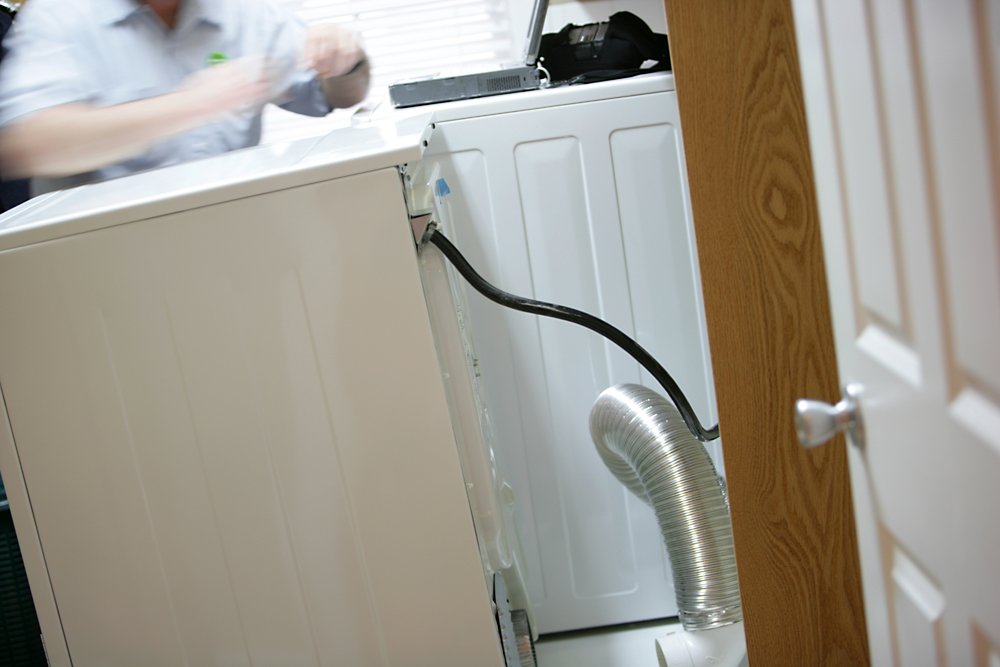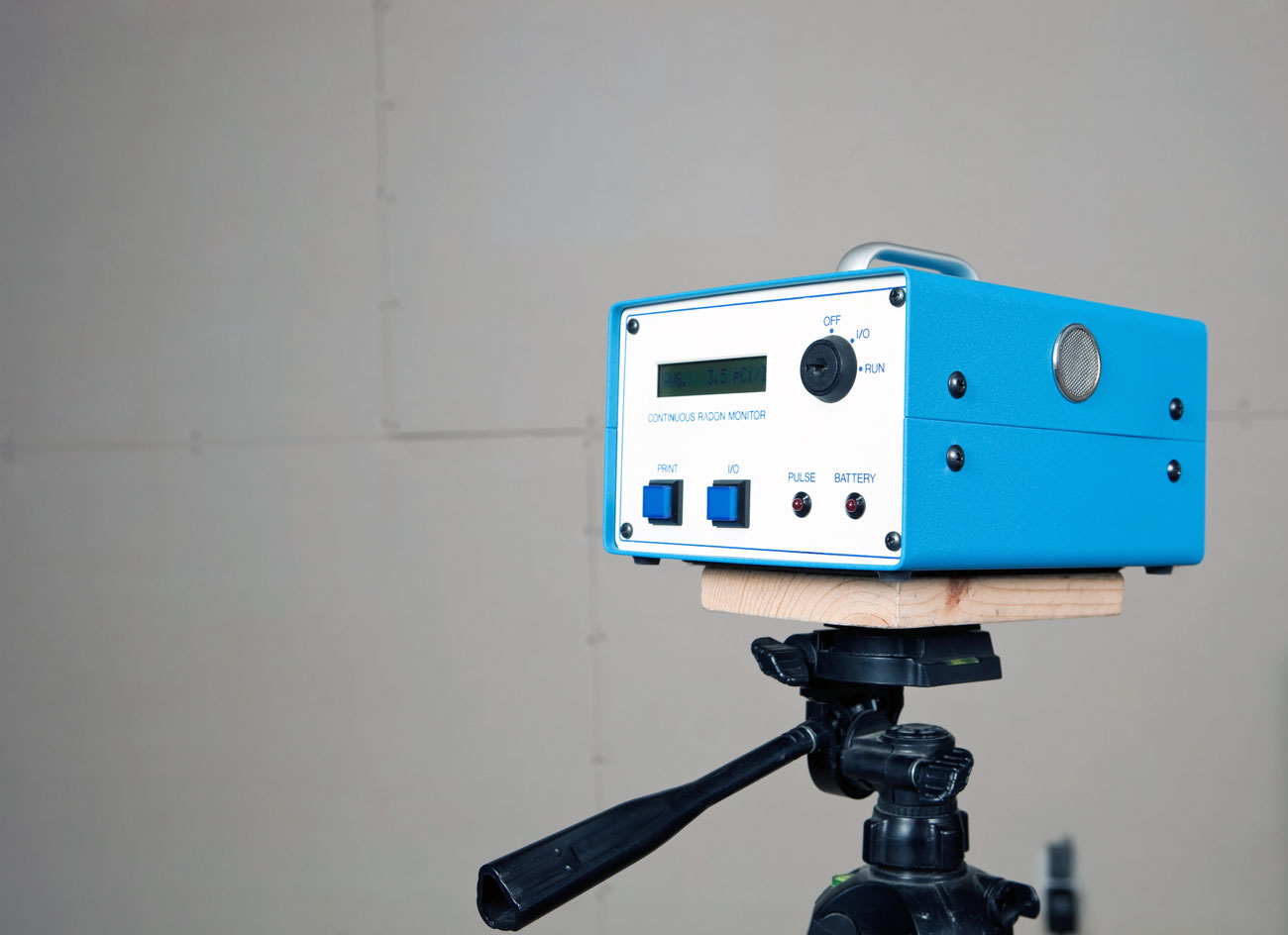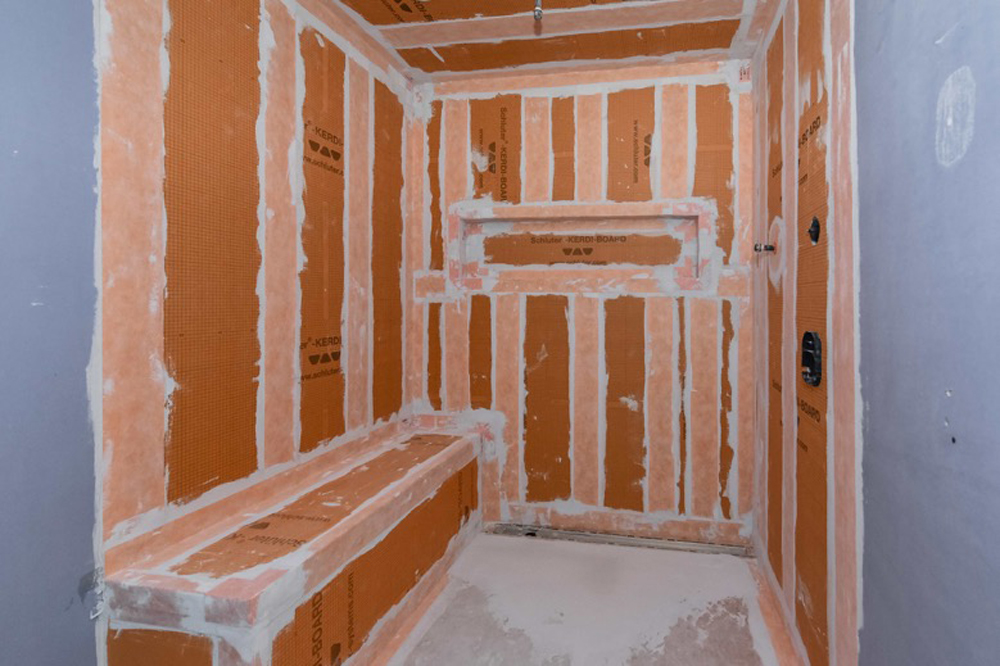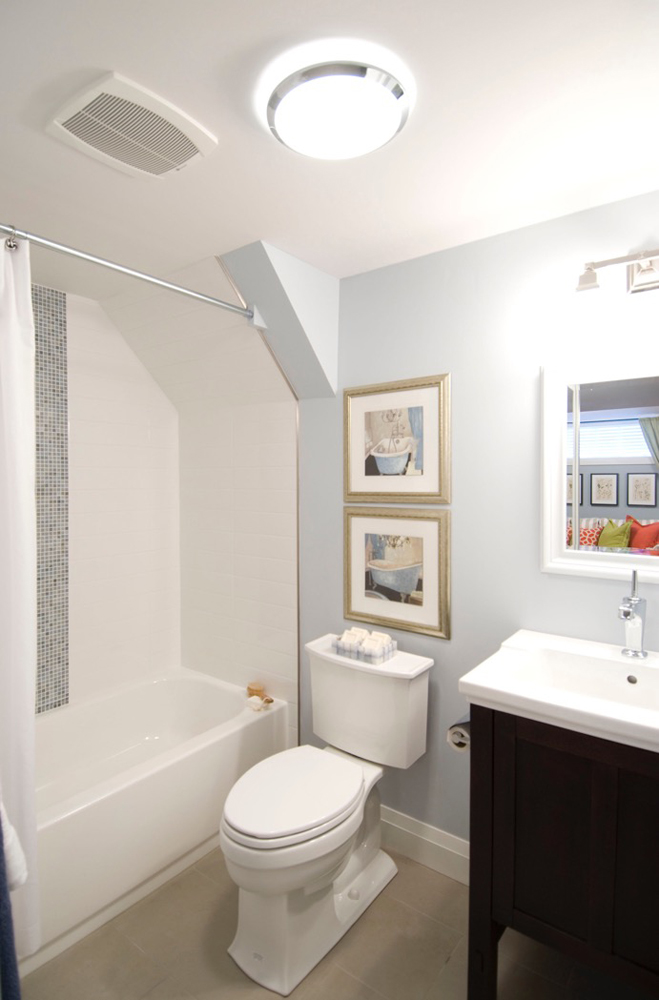Safety should be a top priority in every home. There are certain things we all know to do in order to keep our families and homes safe, such as having up-to-date smoke and carbon monoxide detectors and not overloading electrical outlets. But there are some other elements you might not always have top of mind. Here are seven ways unexpected ways to make your home safer.
Scott McGillivray is a real estate expert and host of HGTV Canada’s Income Property and Moving the McGillivrays.

Basement Subfloor
This is one that most people don’t think about. However, if you have a basement, you’ve got the potential for mould growth, which can be very bad for your health. If you’re renovating or even just putting in new flooring, I highly recommend installing a waterproof subfloor. Remember, wherever there is concrete, there is moisture; and that can cause mould to develop. You always want to have a moisture barrier to protect and add warmth to those finished floors.

Stone Wool Insulation
Insulation is necessary for keeping your home warm in the winter and cool in the summer. It also has some important soundproofing and fire prevention benefits. But what you may not realize is that insulation can play an important role when it comes to mould prevention as well. A stone wool material will not absorb water or moisture; and if there is some exposure, it won’t slump in the wall cavity. This is incredibly important when it comes to things like air quality and mould prevention.

Clear Dryer Vents
Hopefully you already do this, but if not, do it immediately. People usually remember to clean the lint traps in their dryers, but they don’t always remember to clean the vents. Dryer vents should be cleared at a minimum once a year, more if you have a large family, pets or use the dryer more than average. And remember, one of the best ways to know if your vents need cleaning is if you notice it’s taking longer than usual to dry a load of laundry. This could mean there’s a serious venting issue and it could be a fire hazard.

Check for Radon
Radon is a colourless, odourless gas that has been blamed for thousands of lung cancer deaths. And unfortunately, many homes have elevated levels. But the good news is that you can purchase a DIY test kit for about $20 at most hardware stores. Personally, I think it’s a good idea to do a test when you purchase a new home. If you find the levels are beyond what is considered acceptable, you may need to consider remediation. Here’s where else you’ll find toxic things in your home.

Waterproof Bathroom
Many people mistakenly think that tiles are waterproof. This is not true! Water can seep through and destroy the material behind it, causing mold and bacteria to grow. It’s bad for your health and bad for your pocketbook. Instead of drywall, I always use a layer of Kerdi around tub and shower surrounds to ensure water does not seep through and destroy the material behind the tile. Here are four little known sources of moisture to be aware of.

Proper Venting
Proper venting is essential for keeping your home safe. Dryer vents are obvious, but kitchen and bathroom fans should also have vents that lead to the outdoors in order to keep your home dry. I can’t tell you how many times I’ve walked into an older home and the bathroom doesn’t even have a fan. I shudder at the thought of what’s behind the walls and under the floors in these rooms.

Mould Prevention
I’ve mentioned mould a few times already, but that’s because it’s so important and so often ignored. In order to limit even the smallest amount of mould growth, don’t leave wet clothes lying around, don’t overwater plants and keep the humidity levels around 50% in the summer and 30% in the winter. This will help to improve your overall air quality and keep your home safe. Here’s how you’ll notice if there’s mould in your house.
HGTV your inbox.
By clicking "SIGN UP” you agree to receive emails from HGTV and accept Corus' Terms of Use and Corus' Privacy Policy.




